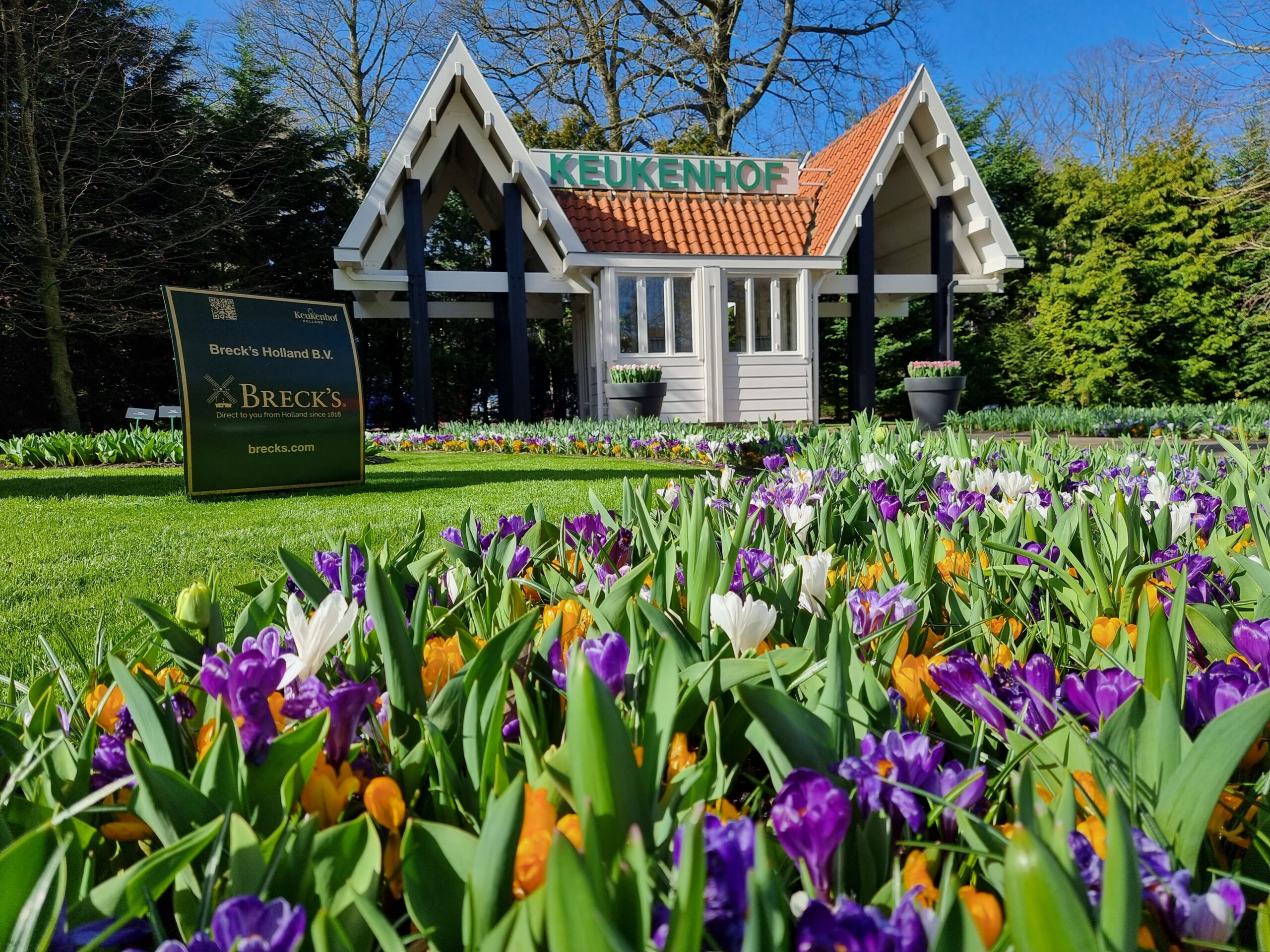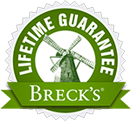Nestled in the heart of the Netherlands, Keukenhof gardens is a veritable Eden that captivates the senses with its vibrant colours and fragrant blooms. One of the world’s largest flower gardens, it is located in the picturesque town of Lisse, in the centre of Holland’s bulb-growing region.
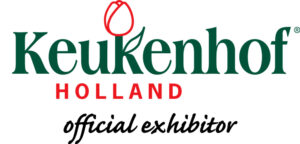
Breck’s is proud to be an official exhibitor at this widely acclaimed horticultural marvel, often referred to as the “Garden of Europe.” Keukenhof is not just a feast for the eyes but a testament to the artistry and meticulous care of its creators. We are one of about 100 flower bulb companies and growers whose finest varieties are on display in specially designed areas of this spectacular 79-acre park. About 7 million tulips, daffodils,hyacinths, lilies, irises and other bulbs are planted there each year.
We take great care in preserving the beauty of our section of the park and relish the friendly rivalry with other exhibitors as we each strive to outdo one another’s flower displays. As you can see by these images, our crew works hard getting a multitude of bulbs into the ground, and crafting a garden layout that maximizes beauty, colour, texture and height. It’s a tremendous challenge, but they’re more than up to it!
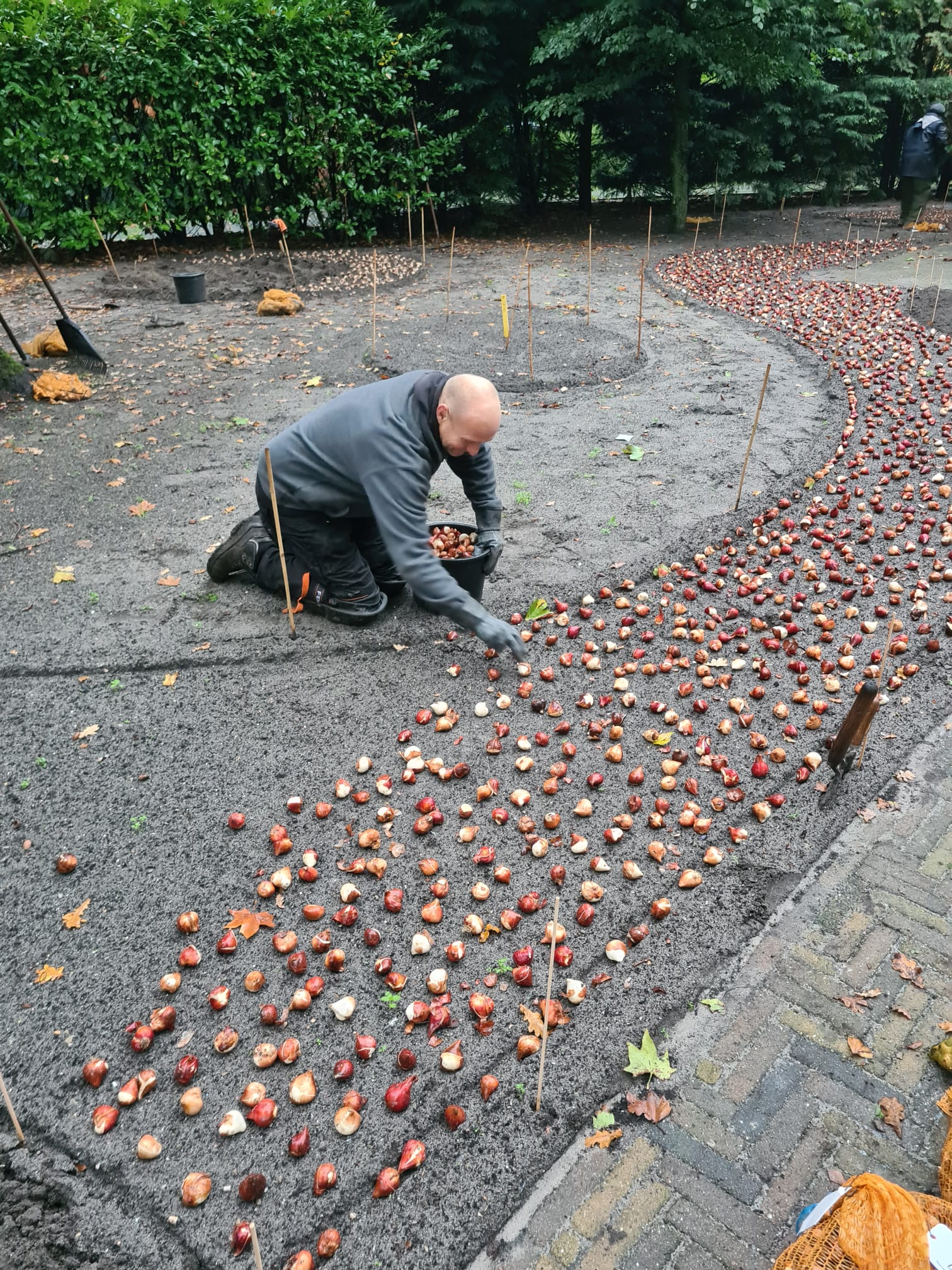
History and Geography
Keukenhof’s origin dates to the 15th century, when the land served as the kitchen garden (or keukentuin, in Dutch) of Teylingen Castle. The transformation from its humble beginnings to its current status as a world-renowned garden began shortly after World War II, as a means to showcase the Netherlands’ flower industry. The botanical garden opened to the public in 1950 and has since attracted millions from across the globe.
The garden’s topography, interlaced with meandering paths, tranquil ponds and artistically sculpted landscapes, presents a picturesque backdrop that epitomizes the nation’s beauty.
Evolution of Floral Displays
Each year, Keukenhof reinvents itself with a new theme, ensuring that the flower displays aren’t just repetitive arrays but a dynamic exhibition of creativity and innovation. This evolution keeps the garden fresh and exciting, drawing repeat visitors eager to witness the latest floral trends.
The tulip, with its rich history and variety, is the emblem of Keukenhof. The garden boasts over 800 varieties of tulips, each with its unique colour and shape, making it a global epicentre for enthusiasts of the iconic bulbs. And while tulips are the stars, Keukenhof is home to a myriad of other flowers, including hyacinths, daffodils, orchids, roses, irises and lilies. This diversity creates a tapestry of textures and hues, offering an ever-changing visual feast.
Design and Aesthetics
Keukenhof’s design is a masterful blend of symmetry, colour theory and thematic storytelling. The garden’s layout, crafted by prominent landscape architects, utilizes the natural contours of the land, creating a fluid and immersive experience.
Beyond the natural beauty of the flowers, the artistry in their arrangement and presentation is evident throughout. Each display is meticulously planned to ensure a harmonious blend of colours, textures and heights, creating a visual narrative that guides visitors through the garden.
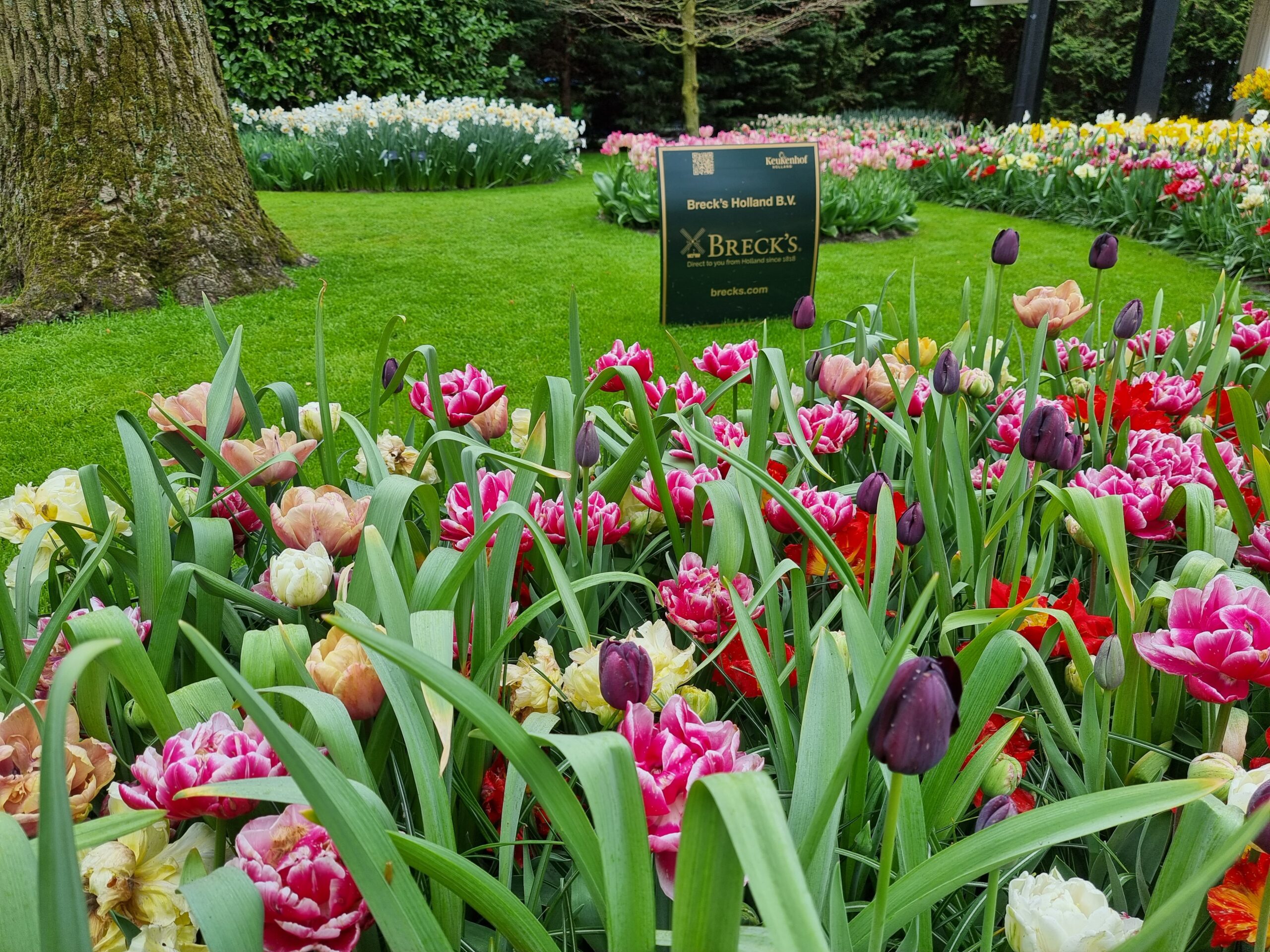
Seasonal Magic
Spring in Keukenhof is a spectacle of blooming flowers, with the garden coming alive in a burst of colours. This season is the peak time to visit, as the majority of the flowers, especially tulips, are in full bloom, creating an unparalleled display of natural beauty.
While spring is the zenith of Keukenhof’s splendor, fall and winter offer their own unique charm. The garden takes on a more subdued beauty, with late-blooming flowers and autumnal foliage providing a different, yet equally enchanting, experience.
Visitor Experience
The garden is designed to be visitor-friendly, with well-marked paths, ample resting spots and facilities catering to various needs. Maps and apps are available to help visitors navigate the extensive grounds and not miss any highlights.
Keukenhof offers more than just visual delights. Visitors can engage in a variety of activities, from boat tours around the flower fields to photography workshops and flower-arranging demonstrations. The garden’s event calendar is packed with festivities, making each visit unique.
Speaking of photography, certain spots in Keukenhof are iconic for shutterbugs, such as the windmill vista and the water lily pond. These locations offer stunning backdrops for both amateur and professional photographers alike.
National and International Significance
Keukenhof is more than a garden; it’s a cultural icon, embodying the Dutch spirit and their affinity for flowers. It plays a pivotal role in the nation’s cultural and social events, serving as a venue for art exhibitions, musical performances and other cultural festivities.
The garden’s allure transcends borders, drawing visitors and accolades from around the world. It has become a symbol of horticultural excellence, inspiring gardeners and designers globally and bolstering the Netherlands’ reputation as a leader in floriculture.
Gardening and Horticultural Practices
Keukenhof is not just a showcase of beauty but also a hub for horticultural innovation. The garden employs cutting-edge techniques in planting, sustainability and floral design, frequently setting trends in the gardening world.
Sustainability is a core principle there. The garden’s management practices eco-friendly techniques, including organic pest control and water conservation, ensuring that its beauty does not come at the expense of the environment.
Keukenhof plays a significant role in plant conservation, hosting a variety of species and working toward preserving genetic diversity among flowers, particularly tulips. The garden’s efforts extend to broader conservation initiatives, participating in global discussions and actions aimed at protecting plant species and promoting biodiversity.
Economic Impact
As a major tourist attraction, Keukenhof gardens significantly contributes to the local and national economy. The influx of tourists, particularly during spring when the tulips are in full bloom, leads to increased business for neighbouring hotels, bed-and-breakfasts, restaurants, cafés, bars, shops and other establishments.
The garden itself provides numerous employment opportunities, both directly and indirectly. Seasonal employment at Keukenhof is common, with jobs ranging from garden maintenance and tour guides to customer service roles. In addition, the surge in tourists supports jobs in the wider hospitality and retail sectors in the region.
With its drawing power, many local artisans and producers get the opportunity to showcase their products to an international audience, be it traditional Dutch cheese, horticultural products or handicrafts. This not only boosts sales but also enhances the global recognition of local brands.
Perhaps most of all, as a showcase for the Dutch flower industry, Keukenhof plays a pivotal role in promoting the country’s floriculture.
Conclusion
Keukenhof gardens remains a testament to the beauty and complexity of nature, a place where art and horticulture intertwine to create a breathtaking experience that is a boon to the local and national economy. We at Breck’s are proud of our association with the remarkable “Garden of Europe!”

